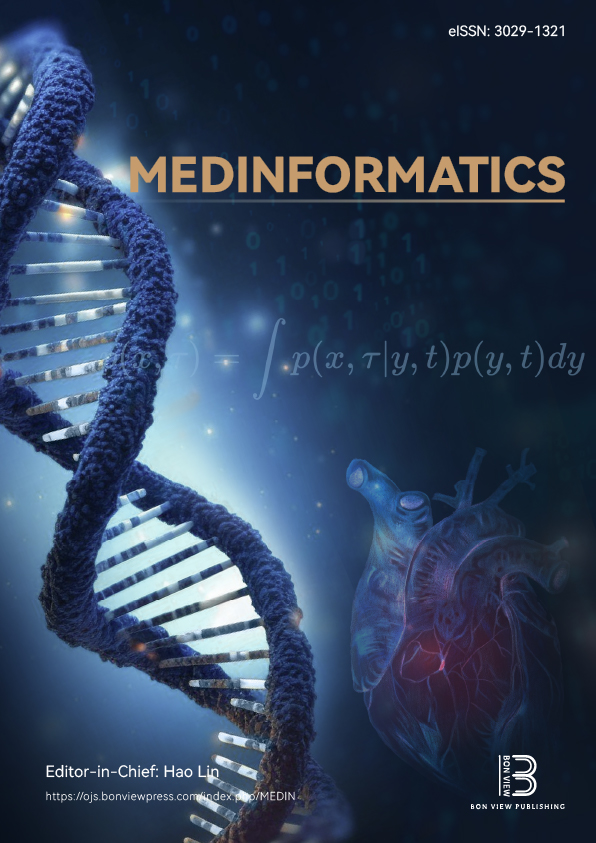NeuroBlend-3: Hybrid Deep and Machine Learning Framework with Explainable AI for Multi-class Brain Tumor Detection Using MRI Scans
DOI:
https://doi.org/10.47852/bonviewMEDIN52026540Keywords:
brain tumor, MRI scans, machine learning, deep learning, explainable AIAbstract
Brain tumors are complex and potentially life-threatening conditions that require accurate and timely diagnosis. This study proposes NeuroBlend-3, an explainable and hybrid artificial intelligence (AI) framework for multi-class brain tumor classification using magnetic resonance imaging scans. The framework begins with preprocessing steps, including grayscale conversion, resizing to 224 × 224 pixels, normalization, denoising, and enhancement using Contrast Limited Adaptive Histogram Equalization. To increase data variability, five augmented versions of each image are generated through horizontal flip, 15° rotation, zooming, Gaussian blur, and brightness adjustment. Deep features are then extracted using six models: HRNet, VGG16, VGG19, ResNet50, ResNet101, and Convolutional Neural Network-Long Short-Term Memory (CNN-LSTM). These features undergo optimization using principal component analysis and recursive feature elimination (RFE) to reduce redundancy and improve performance. The optimized features train machine learning models, including XGBoost, AdaBoost, Bagging, and a custom Tree Selection and Stacking Ensemble-based Random Forest (TSRF). To ensure interpretability, explainable AI techniques such as Gradient-weighted Class Activation Mapping (Grad-CAM), Grad-CAM++, and Local Interpretable Model-Agnostic Explanations are applied to highlight the regions influencing classification decisions. The combination of CNN-LSTM, TSRF, and RFE demonstrates superior performance across all metrics through extensive experimentation. This best-performing combination is termed NeuroBlend-3. Neuro reflects the neurological focus, Blend denotes the fusion of deep and traditional learning approaches, and 3 signifies the integration of CNN-LSTM, TSRF, and RFE. NeuroBlend-3 offers a robust and interpretable solution, making it highly suitable for clinical decision-making in brain tumor diagnosis.
Received: 21 June 2025 | Revised: 9 September 2025 | Accepted: 22 October 2025
Conflicts of Interest
The authors declare that they have no conflicts of interest to this work.
Data Availability Statement
The data that support this work are available upon reasonable request to the corresponding author.
Author Contribution Statement
Mohammed Ibrahim Hussain: Conceptualization, Methodology, Software, Formal analysis, Resources, Writing – original draft, Writing – review & editing. Safiul Haque Chowdhury: Conceptualization, Methodology, Software, Validation, Formal analysis, Investigation, Resources, Data curation, Writing – original draft, Writing – review & editing, Visualization, Project administration. Muhammad Minoar Hossain: Writing – review & editing, Supervision. Mohammad Mamun: Software, Validation, Formal analysis, Resources, Data curation, Writing – original draft, Writing – review & editing, Visualization.
Downloads
Published
Issue
Section
License
Copyright (c) 2025 Authors

This work is licensed under a Creative Commons Attribution 4.0 International License.


